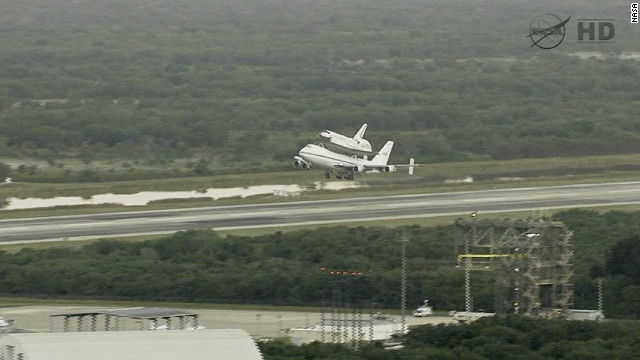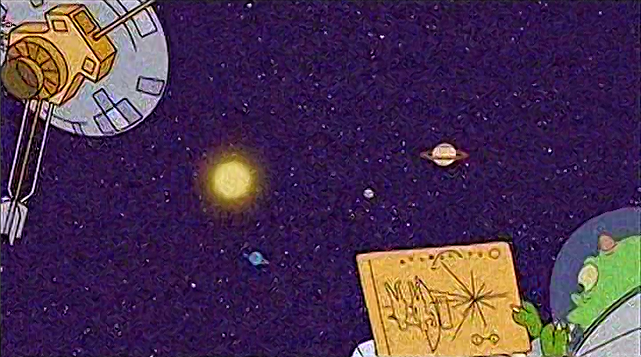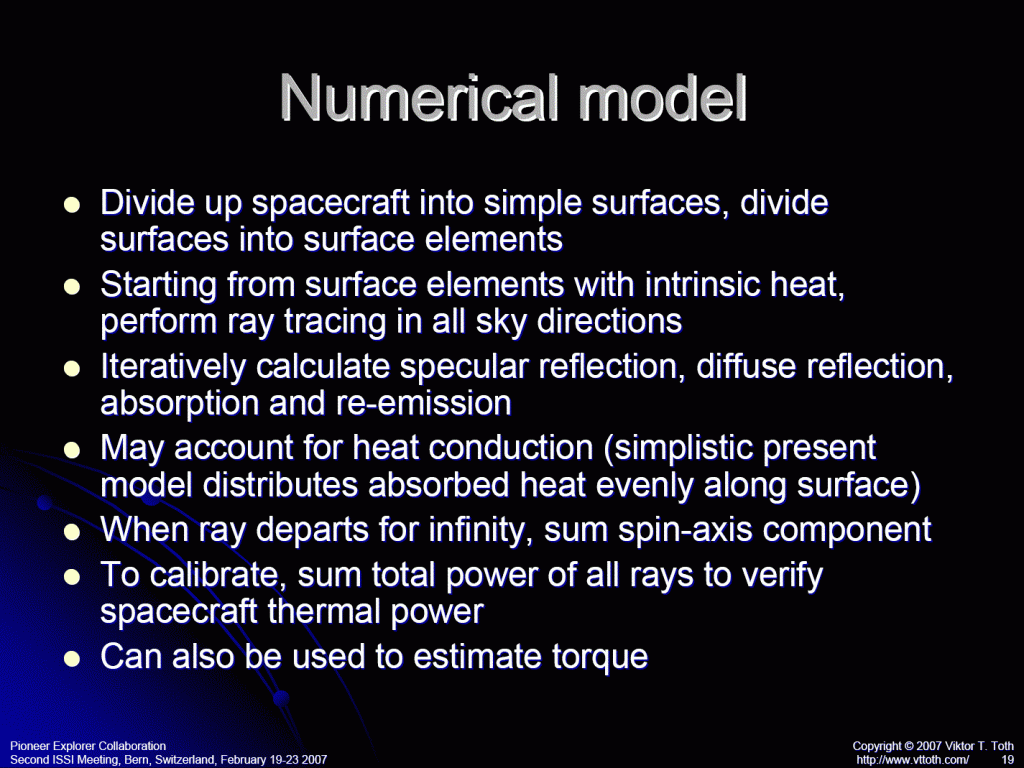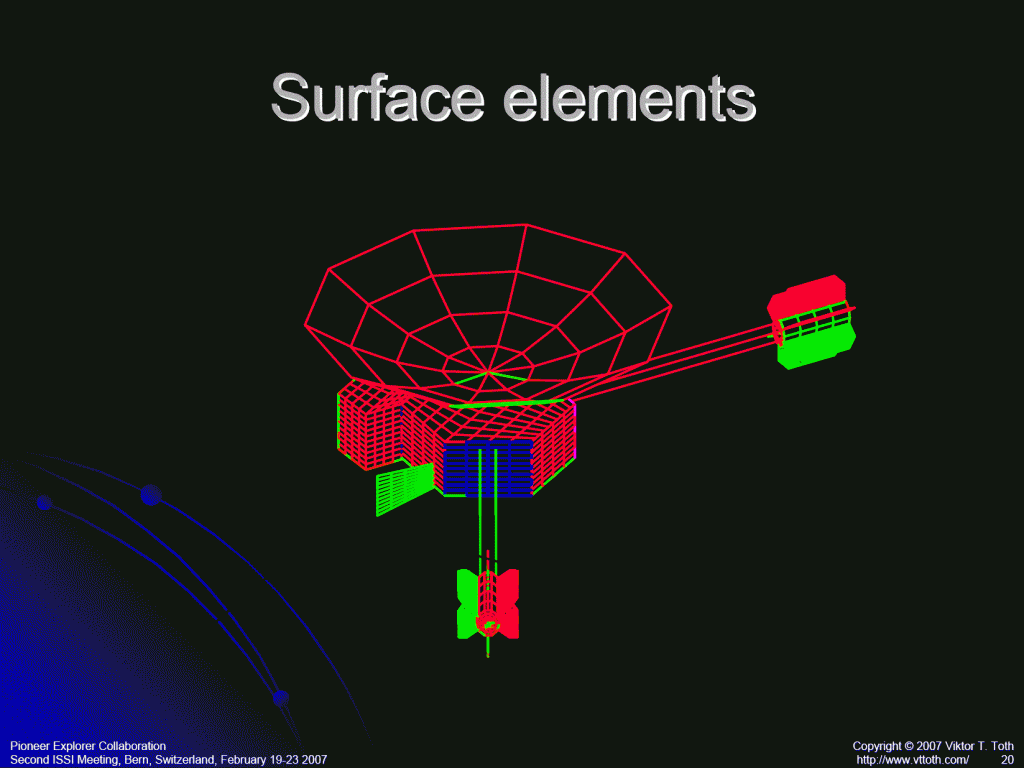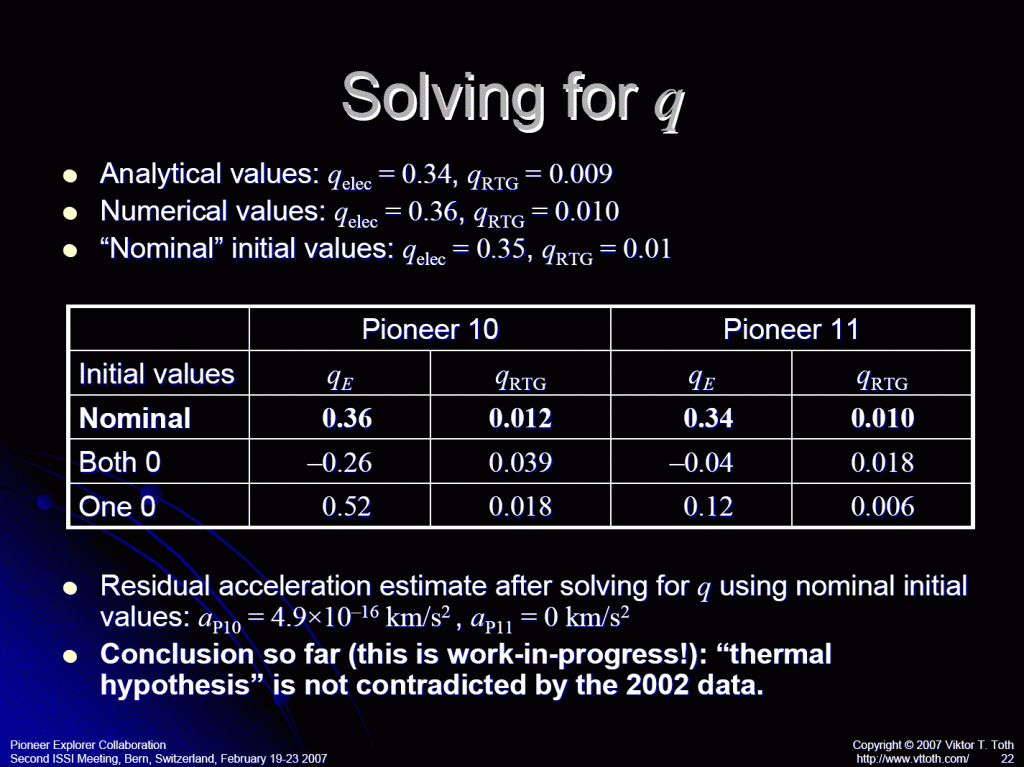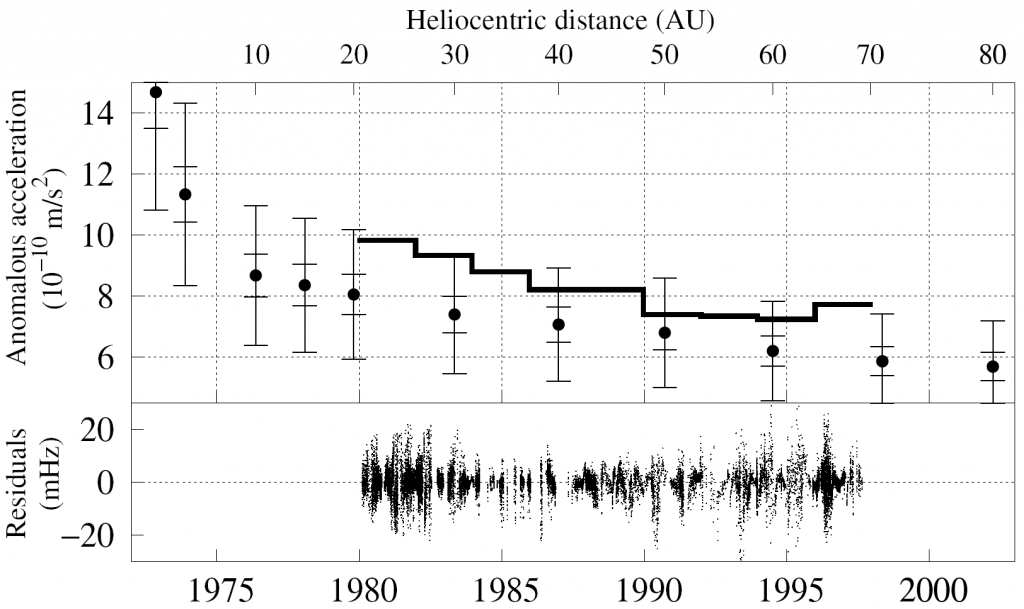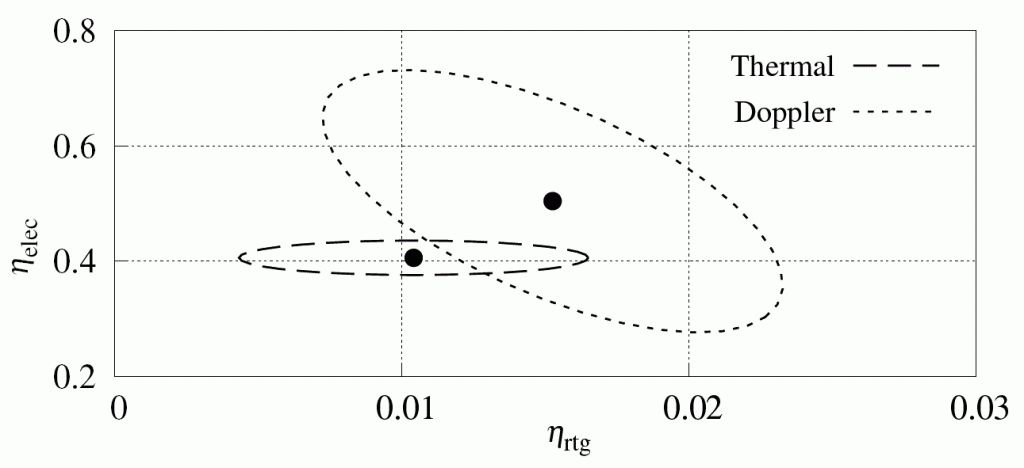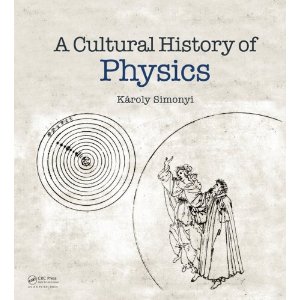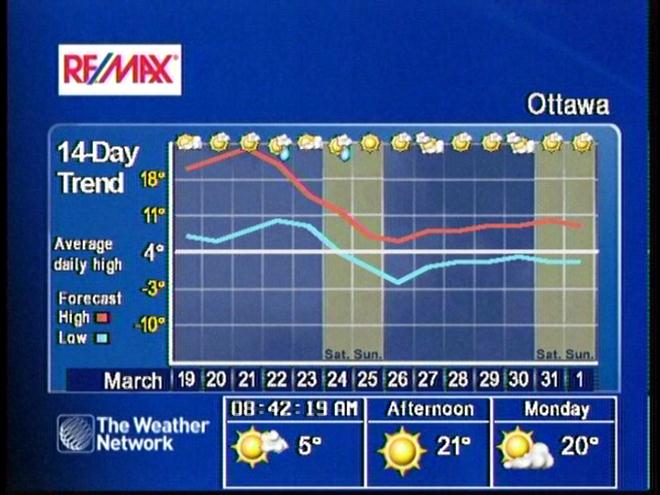The cover story in a recent issue of New Scientist was titled Seven equations that rule your world, written by Ian Stewart.
I like Ian Stewart; I have several of his books on my bookshelf, including a 1978 Hungarian edition of his textbook, Catastrophe Theory and its Applications.
However, I disagree with his choice of equations. Stewart picked the four Maxwell equations, Schrödinger’s equation, the Fourier transform, and the wave equation:
\begin{align}
\nabla\cdot E&=0,\\
\nabla\times E&=-\frac{1}{c}\frac{\partial H}{\partial t},\\
\nabla\cdot H&=0,\\
\nabla\times H&=\frac{1}{c}\frac{\partial E}{\partial t},\\
i\hbar\frac{\partial}{\partial t}\psi&=\hat{H}\psi,\\
\hat{f}(\xi)&=\int\limits_{-\infty}^{\infty}f(x)e^{-2\pi ix\xi}dx,\\
\frac{\partial^2u}{\partial t^2}&=c^2\frac{\partial^2u}{\partial x^2}.
\end{align}
But these equations really aren’t that fundamental… and some rather fundamental equations are missing.
For starters, the four Maxwell equations really should just be two equations: given a smooth (or at least three times differentiable) vector field \(A\) in 4-dimensional spacetime, we define the electromagnetic field tensor \(F\) and current \(J\) as
\begin{align}
F&={\rm d}A,\\
J&=\star{\rm d}{\star{F}},
\end{align}
where the symbol \(\rm d\) denotes the exterior derivative and \(\star\) represents the Hodge dual. OK, these are not really trivial concepts from high school physics, but the main point is, we end up with a set of four Maxwell equations only because we (unnecessarily) split the equations into a three-dimensional and a one-dimensional part. Doing so also obscures some fundamental truths: notably that once the electromagnetic field is defined this way, its properties are inevitable mathematical identities, not equations imposed on the theoretician’s whim.
Moreover, the wave equation really is just a solution of the Maxwell equations, and conveys no new information. It is not something you invent, but something you derive.
I really have no nit to pick with Schrödinger’s equation, but before moving on to quantum physics, I would have written down the Euler-Lagrange equation first. For a generic theory with positions \(q\) and time \(t\), this could be written as
$$\frac{\partial{\cal L}}{\partial q}-\frac{d}{dt}\frac{\partial{\cal L}}{\partial\dot{q}}=0,$$
where \({\cal L}\) is the Lagrangian, or Lagrange function (of \(q\) and \(\dot{q}\), and possibly \(t\)) that describes this particular physical system. The significance of this equation is that it can be derived from the principle of least action, and tells us everything about the evolution of a system. Once you know the generic positions \(q\) and their time derivatives (i.e., velocities) \(\dot{q}\) at some time \(t=t_0\), you can calculate them at any other time \(t\). This is why physics can be used to make predictions: for instance, if you know the initial position and velocity of a cannonball, you can predict its trajectory. The beauty of the Euler-Lagrange equation is that it works equally well for particles and for fields and can be readily generalized to relativistic theories; moreover, the principle of least action is an absolutely universal one, unifying, in a sense, classical mechanics, electromagnetism, nuclear physics, and even gravity. All these theories can be described by simply stating the corresponding Lagrangian. Even more astonishingly, the basic mathematical properties of the Lagrangian can be used to deduce fundamental physical laws: for instance, a Lagrangian that remains invariant under time translation leads to the law of energy conservation.
The Euler-Lagrange equation remains valid in quantum physics, too. The big difference is that the quantities \(q\) are no longer simple numbers; they are non-commuting quantities, so-called “q-numbers”. These q-numbers sometimes coincide with ordinary numbers but more often, they do not. Most importantly, if \(q\) happens to be an ordinary number, \(\dot{q}\) cannot be, and vice versa. So the initial position and momentum of a quantum system cannot both be represented by numbers at the same time. Exact predictions are no longer possible.
We can still make approximate predictions though, by replacing the exact form of the Euler-Lagrange equation with a probabilistic prediction:
$$\xi(A\rightarrow B)=k\sum\limits_A^B\exp\left(\frac{i}{\hbar}\int_A^B{\cal L}\right),$$
where \(\xi(A\rightarrow B)\) is a complex number called the probability amplitude, the squared modulus of which tells us the likelihood of the system changing from state \(A\) to state \(B\) and the summation is meant to take place over “all possible paths” from \(A\) to \(B\). Schrödinger’s equation can be derived from this, as indeed most of quantum mechanics. So this, then, would be my fourth equation.
Would I include the Fourier transform? Probably not. It offers a different way of looking at the same problem, but no new information content. Whether I investigate a signal in the time domain or the frequency domain, it is still the same signal; arguably, it is simply a matter of convenience as to which representation I choose.
However, Stewart left out at least one extremely important equation:
$$dU=TdS-pdV.$$
This is the fundamental equation of thermodynamics, connecting quantities such as the internal energy \(U\), the temperature \(T\), the entropy \(S\), and the medium’s equation of state (here represented by the pressure \(p\) and volume \(V\).) Whether one derives it from the first principles of axiomatic thermodynamics or from the postulates of statistical physics, the end result is the same: this is the equation that defines the arrow of time, for instance, as all the other fundamental equations of physics work the same even if the arrow of time is reversed.
Well, that’s five equations. What else would I include in my list? The choices, I think, are obvious. First, the definition of the Lagrangian for gravity:
$${\cal L}_\mathrm{grav}=R+2\Lambda,$$
where \(R\) is the Ricci curvature scalar that characterizes the geometry of spacetime and \(\Lambda\) is the cosmological constant.
Finally, the last equation would be, for the time being, the “standard model” Lagrangian that describes all forms of matter and energy other than gravity:
$${\cal L}_\mathrm{SM}=…$$
Its actual form is too unwieldy to reproduce here (as it combines the electromagnetic, weak, and strong nuclear fields, all the known quarks and leptons, and their interactions) and in all likelihood, it’s not the final version anyway: the existence of the Higgs-boson is still an open question, and without the Higgs, the standard model would need to be modified.
The Holy Grail of fundamental physics, of course, is unification of these final two equations into a single, consistent framework, a true “theory of everything”.

